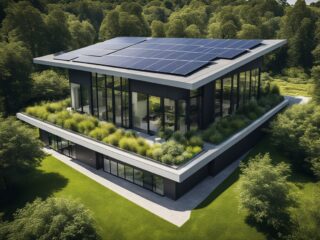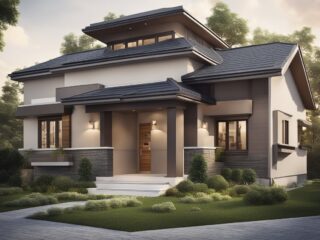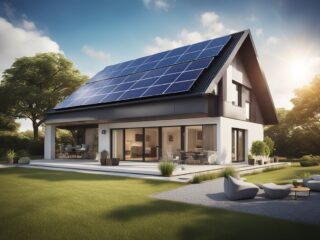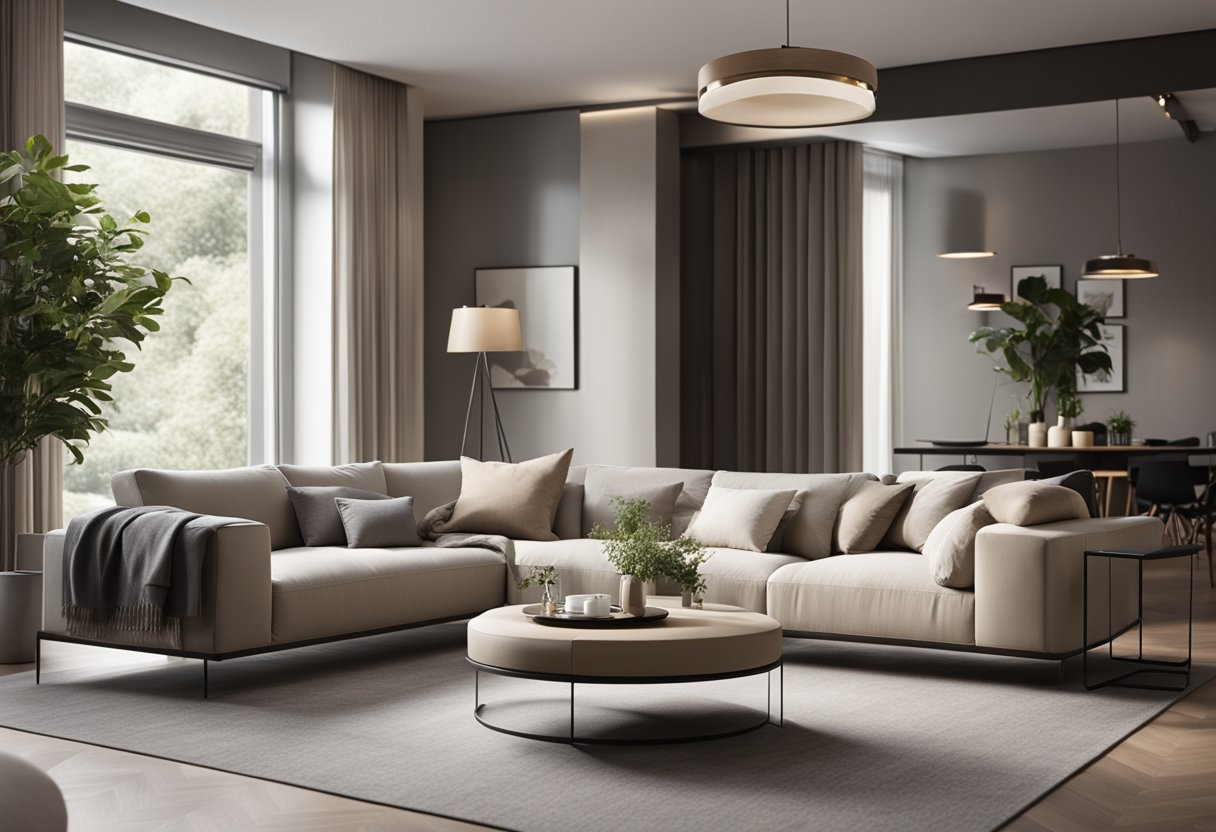
Incorporating modern interior design style into a home can transform any space into a sophisticated and functional environment. Simple updates like choosing a neutral color palette, incorporating sleek furniture, and focusing on minimalism can make a significant difference. This design approach emphasizes clean lines, open spaces, and a blend of functionality with aesthetics.
Homeowners can start by decluttering their spaces and opting for pieces that offer elegance without overwhelming the area. By selecting décor that highlights open airiness and natural light, they can create a serene atmosphere that complements modern design principles.
Understanding Modern Interior Design
Modern interior design is characterized by its clean lines, functional spaces, and minimalistic approach. It emphasizes both aesthetics and practicality.
Origins and Evolution
Modern interior design emerged in the early 1900s, influenced by the broader modernist movement. The Bauhaus School, founded in Germany, played a pivotal role in promoting simplicity, functionality, and the integration of art and industrial design.
As industrialization progressed, designers began to embrace new materials such as steel, glass, and concrete. These innovations enabled architects and designers to create open floor plans and emphasize natural light. Over the decades, modern design has evolved further, incorporating elements from mid-century aesthetics and international styles.
Key Characteristics and Principles
Modern interior design is defined by several key characteristics. It favors a neutral color palette, primarily using whites, grays, and earth tones. Bright accents may be introduced through furniture or decor.
Furniture tends to feature sleek lines and minimal ornamentation. Functionality is crucial; each piece serves a purpose while contributing to an uncluttered environment. Natural light is maximized, often through large windows.
Open spaces are a hallmark, promoting a sense of flow and connection. Additionally, modern design may incorporate eco-friendly materials and technology, reflecting contemporary concerns for sustainability.
Planning Your Modern Interior Design Project
Effective planning is key to a successful modern interior design project. It involves establishing a clear vision, selecting a reliable contracting company, and understanding budget considerations.
Establishing a Vision
To begin, a precise vision sets the stage for the entire project. This involves identifying desired styles, colors, and materials that resonate with modern design principles.
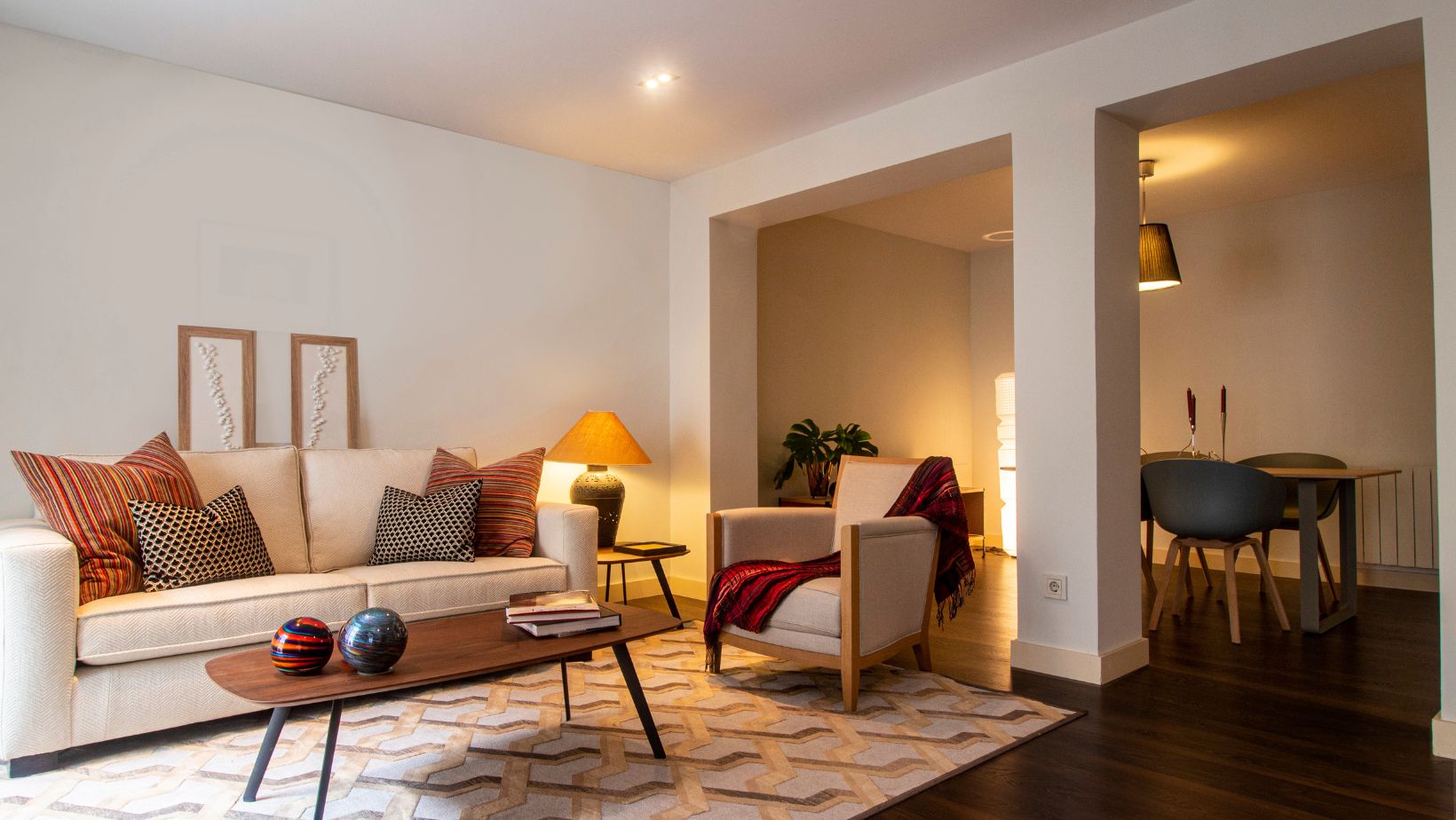
Creating a mood board can help clarify visual preferences. Include:
- Color palettes
- Textures
- Furniture styles
A vision statement may also assist in summarizing the project’s intent. Regularly revisiting this vision can keep decisions aligned with the aesthetic goal, ensuring a cohesive outcome.
Selecting A Reliable and Trusted Contracting Company
Finding a reliable and trusted contracting company is essential. Look for companies with a strong portfolio in modern interior design. Reviews and testimonials provide insights into a contractor’s reliability.
It helps to interview potential contractors and ask about:
- Previous projects
- Design processes
- Timelines
Checking references will reveal how well they communicate and adhere to budgets. A reliable contractor should also be transparent about material suppliers and subcontractors to build trust.
Budget Considerations
Budgeting is critical for managing expectations and ensuring project success. Start by determining the total amount available for the redesign. Break the budget down into specific categories such as:
- Materials
- Labor
- Contingency funds
Allocating funds appropriately helps avoid overspending. It’s wise to include a contingency of 10-20% for unforeseen expenses. Keeping detailed records of costs will assist in staying on track throughout the project.
Executing Your Design
Successfully executing a modern interior design style requires careful consideration of materials, colors, and furniture. A thoughtful approach to these elements ensures a cohesive and appealing space.
Choosing Materials and Colors
Selecting the right materials and colors is crucial in modern design. Neutral palettes combined with bold accents create balance. Consider materials like glass, metal, and wood for a mix of textures.
- Paint: Soft whites, grays, or earth tones can serve as a base.
- Accents: Use vibrant hues like teal or mustard for focal points.
Finishes should be sleek and minimal, contributing to a clean aesthetic. The choice of texture can enhance depth—think matte versus glossy surfaces.
Furniture and Decor Selection
Furniture selection should reflect functionality while maintaining a sleek appearance. Modular furniture offers flexibility and space efficiency.
- Sofa: Opt for a low-profile, structured sofa in a solid color.
- Tables: Choose geometric shapes with metallic or glass tops.
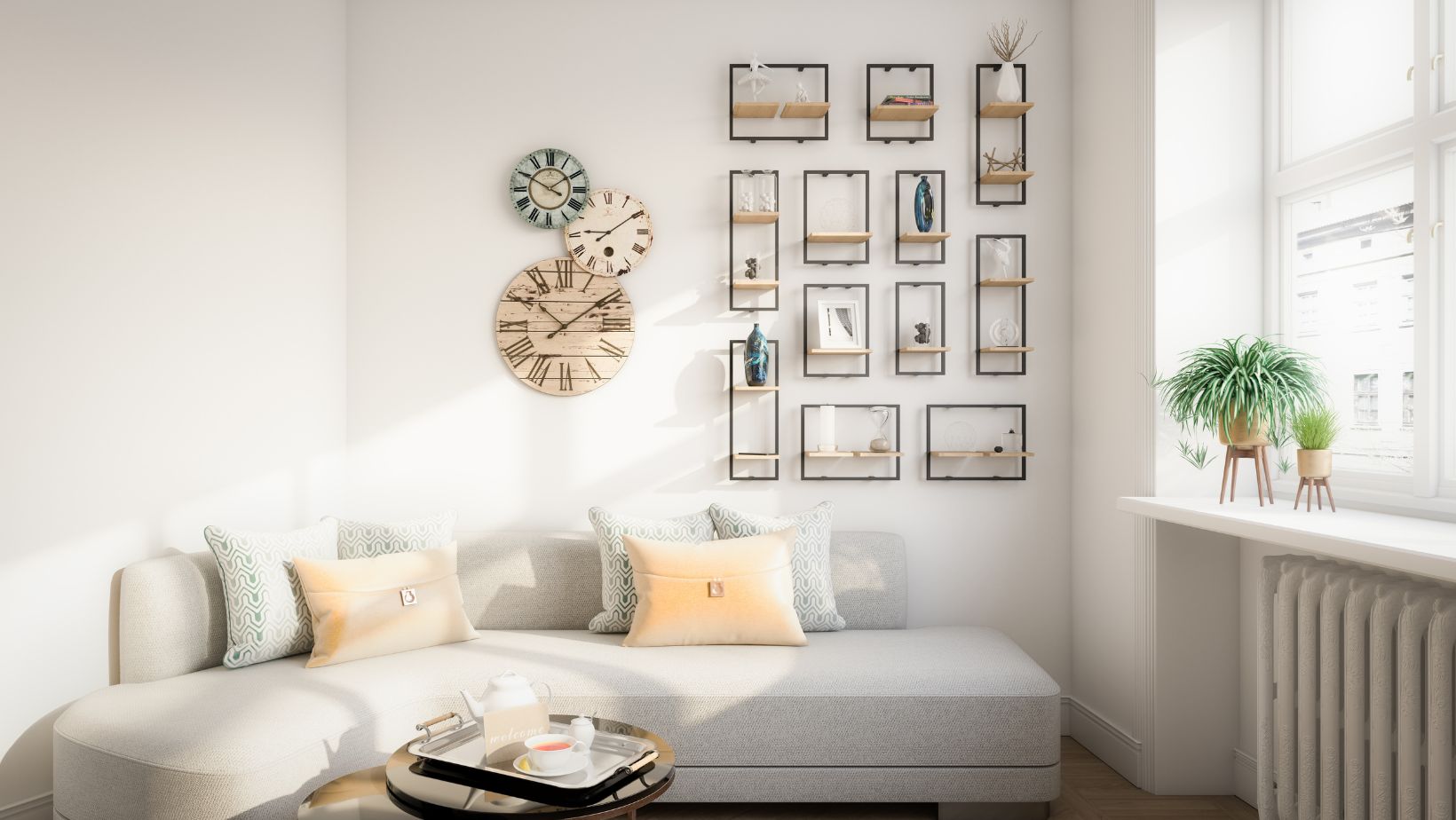
Decor should be kept to a minimum. Incorporate a few statement pieces—artwork or a unique sculpture can serve as focal points without overwhelming the space.
Working with a General Contractor Bothell WA
Engaging a General Contractor in Bothell, WA, can streamline the design process. They can facilitate sourcing materials and managing timelines effectively.
- Communication: Clearly outline your design vision and expectations.
- Experience: A knowledgeable contractor understands local regulations and can recommend reliable suppliers.
Their expertise can transform design ideas into reality while adhering to a budget. Ensure that the contractor has experience with modern design to align techniques with aesthetic goals.
Modern Design Maintenance and Adaptability
Maintaining a modern design in a home requires careful attention to both functionality and aesthetics. Adaptability plays a crucial role in seamlessly integrating future trends into existing spaces.
Upkeep of Modern Spaces
Modern interiors often feature clean lines and minimalist aesthetics, but they do require regular maintenance. Surfaces such as glass, metal, and high-gloss finishes should be cleaned frequently to maintain their shine.
- Dusting: Regularly dust surfaces to prevent buildup, particularly on open shelves and art pieces.
- Cleaning Materials: Use non-abrasive cleaners to avoid scratches on delicate surfaces.
- Furniture Care: Properly maintain materials like leather or fabric to keep them looking fresh. This includes using appropriate cleaners and conditioners.
By paying attention to these details, modern spaces can remain inviting and functional.
Incorporating Future Trends
Adaptability is key in modern design as trends evolve. To stay current, homeowners can incorporate flexible elements into their interiors.
- Swap Decor: Use interchangeable decor items like throw pillows and art to refresh a room’s look.
- Multi-Functional Furniture: Invest in furniture that serves multiple purposes, such as storage ottomans or fold-out desks.
- Smart Home Technology: Integrating technology can enhance both convenience and aesthetic appeal, ensuring the space is contemporary.
By embracing these strategies, a home can easily adapt to changing design trends while maintaining its modern character.

